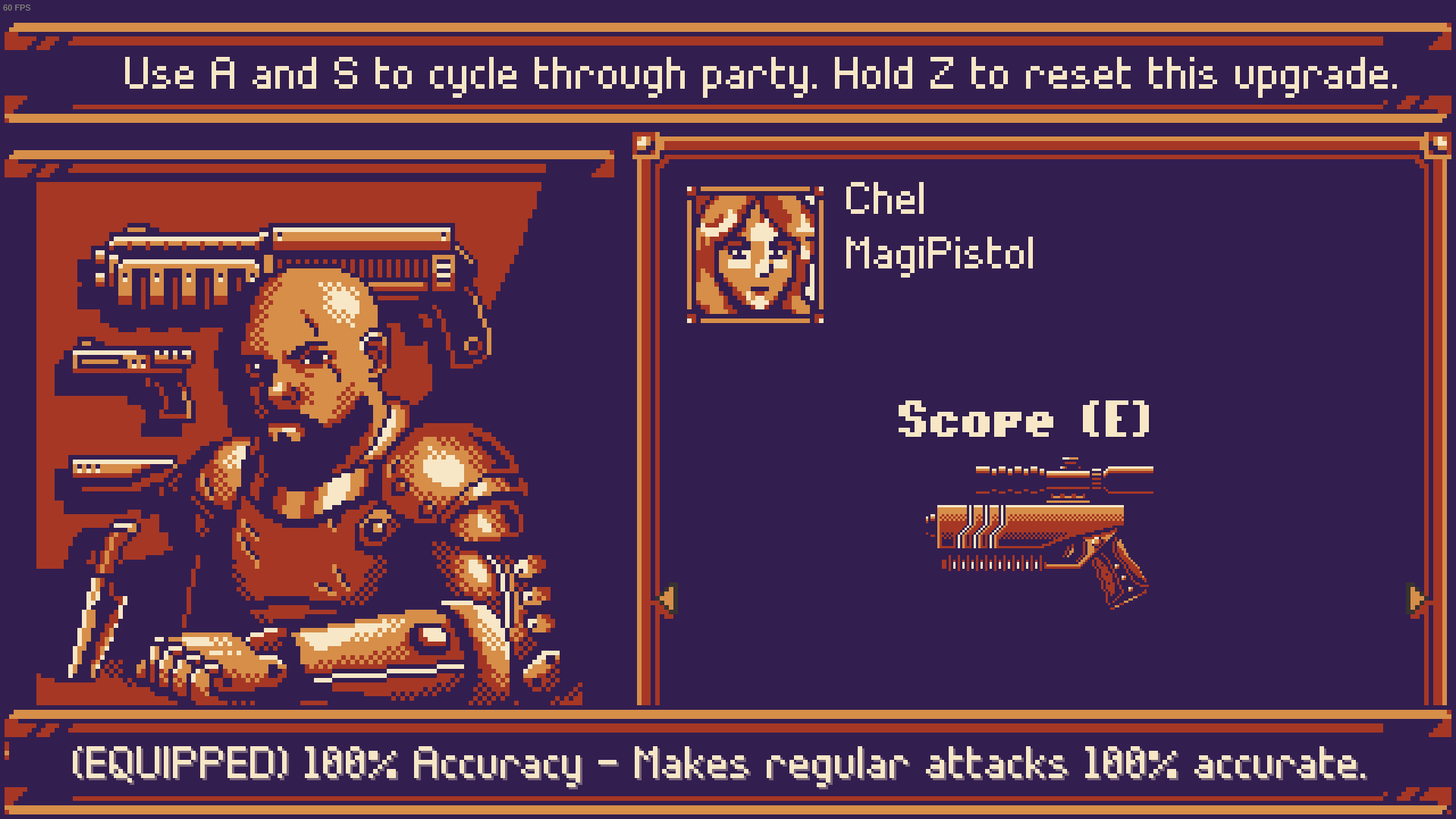I absolutely love the first Darkest Dungeon, so I was excited to dive into the sequel, Darkest Dungeon 2. It takes a fascinating approach of keeping the gameplay and tone familiar, but changing the core structure of how you progress.
A dreamlike story world
In the first game, we were firmly cemented in reality. Our goal was to build up our ancestor’s hamlet and level up a team of heroes to eventually face the Darkest Dungeon. In DD2, we’re thrust into a dreamlike world, where reality has been broken apart, and what’s real or unreal is unclear.
This tone translates into the new gameplay structure. Instead of sending a team from our ever-growing roster into dungeons, we now create a team from all available heroes to send them on expedition runs. An expedition run has us take our chosen heroes, and try to reach the Darkest Dungeon, fighting through a rotation of uniquely themed regions each time. If we fail, we restart and attempt again. Success unlocks the next act, new regions, and a different final boss. There are five acts in total, with names like Denial and Resentment.
Our heroes feel like lost souls, being forced to face their personal tragedies over and over. Embarking into the same regions that have all collapsed into decay and chaos. Whereas the first game had us battling external threats, Darkest Dungeon 2 pits us against our own failures.
Plot and conflict, lost in the chaos
Darkest Dungeon 2’s story is told through short snippets of narration delivered before each of our expedition runs. Since its expected that players will be retrying acts a few times—as is typical of a roguelike—subsequent expedition runs will show a new bit of narration. It comes together to fill out the story slowly over time.
So far, I’m on Act 4 of 5. What I’ve gleaned from my experience is that DD2 emphasizes the meta narrative. The themes of failure driven by personal ego are layered throughout the game. It’s also found in the little bits of backstory we get while visiting the various regions. But I found that emphasizing the overarching themes of failure in an abstract, or implied way, takes away from the narrative’s potential impact. I would’ve liked to see more specificity that drew direct lines between the regions, their bosses, and the in-game characters.
In DD1, its revealed to us that each dungeon became a dangerous location because of the ancestor’s actions. We are tasked with repairing the remnants of his tragedies, and in the process they became our tragedies. There’s a direct connection between a character’s actions—the ancestor—and the consequence of those actions, which has us trying to repair the hamlet and fend of macabre beasts. This is missing in DD2, instead the goal is focused entirely on the overarching need to reach the Darkest Dungeon and defeat the final bosses. But the region bosses seem to have no connection to any of the characters, and as of act 4, we haven’t gotten any clear insight into how they became so nightmarish.
I would have liked to see more specificity laced throughout the regions, drawing connections between them and our heroes failings, as a way to reaffirm the game’s overarching narrative. I think this is especially true since we spend the bulk of our time in the regions, they’re the locations we’re visiting over and over. Right now, they feel narratively disparate. Loosely connected, but not quite, to the game’s main themes.
Back to the crossroads
Even though I have some complaints about the story, I’m still knee deep in Darkest Dungeon 2 and thoroughly enjoying it. I love the art style and music. The way they’ve updated the graphics to 3D while keeping the tone of the original art is phenomenal. I’m probably going to go do some expedition runs right now, and keeping working towards getting to the end of act 5.
If you enjoyed the original Darkest Dungeon, or similar games like Star Renegades, then I would definitely encourage you to try Darkest Dungeon 2.

















 Photo by
Photo by